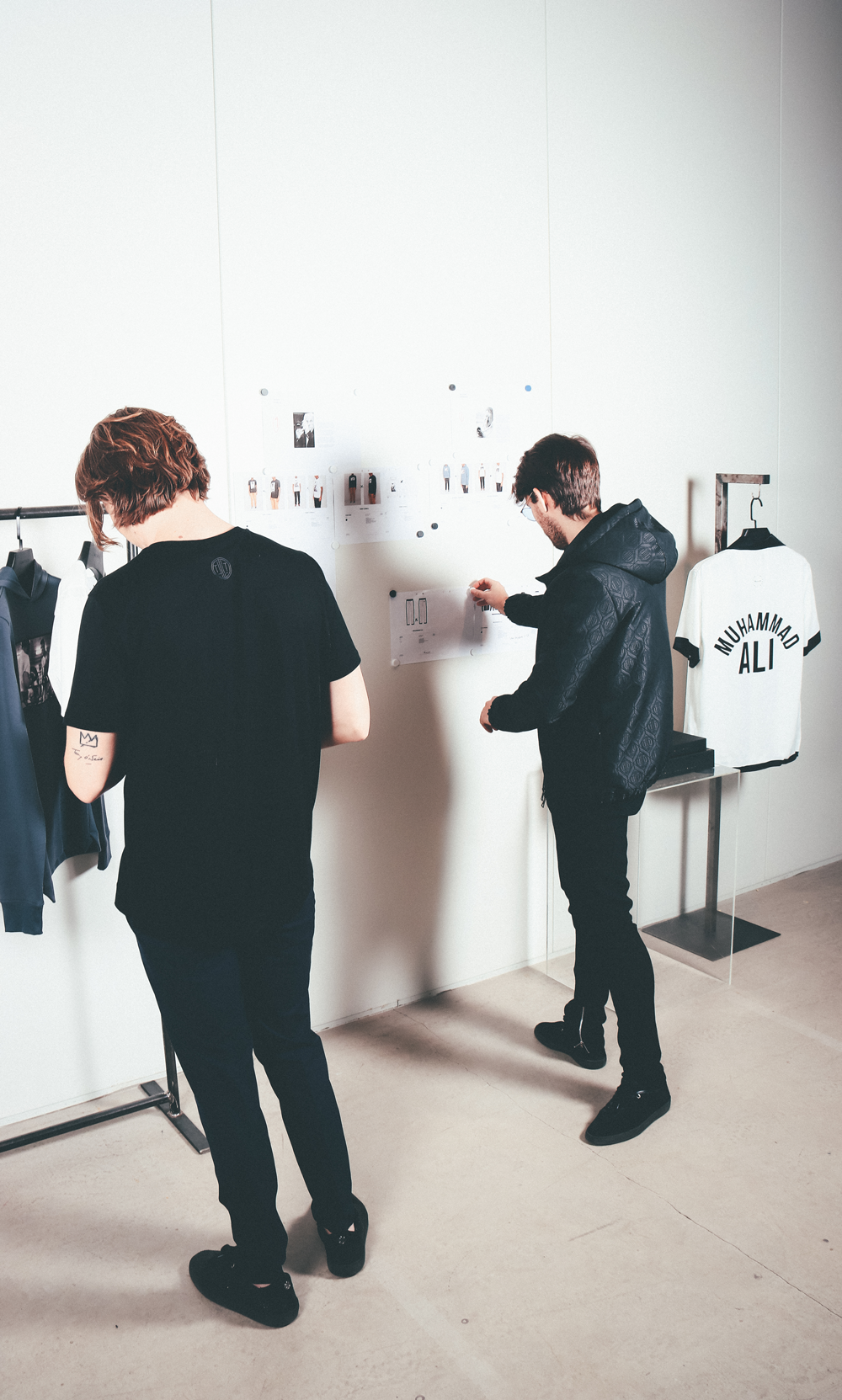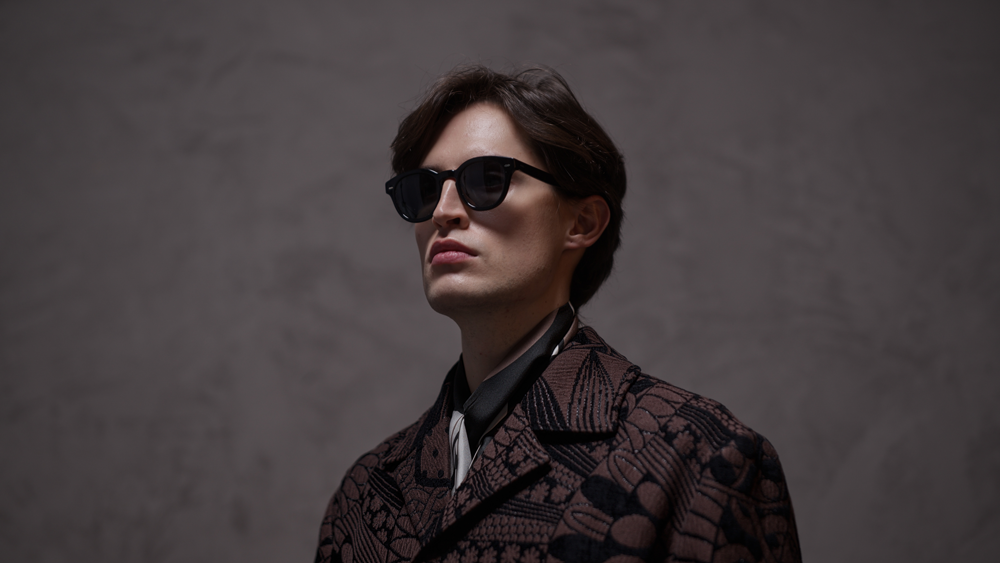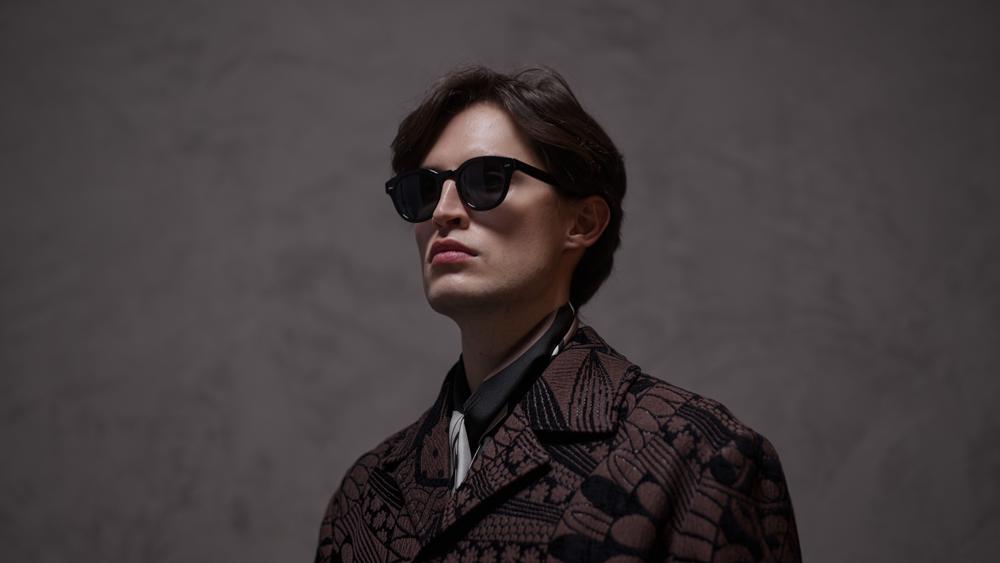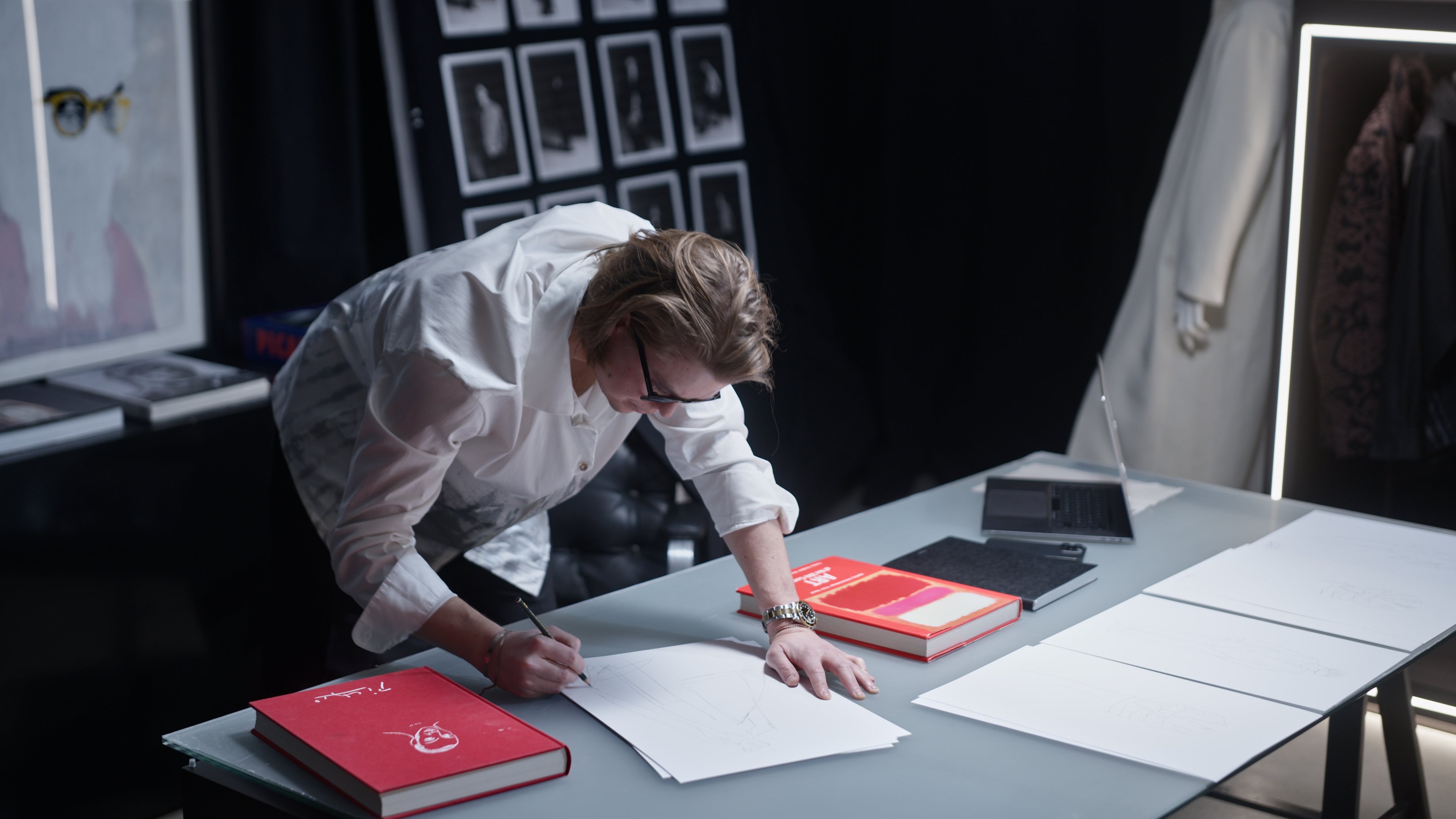Al Satterwhite is a legend in the game of photography, an all-rounder and one who can perhaps boast of having his imagery featured pretty much in every mainstream US magazine - and other less known. He has photographed the likes of Ali, Steve McQueen and Stevie Wonder but perhaps best-known at LIMITATO for his cool, poignant images of Hunter S. Thompson. Here we run through a few get-to-know questions with the man himself.





